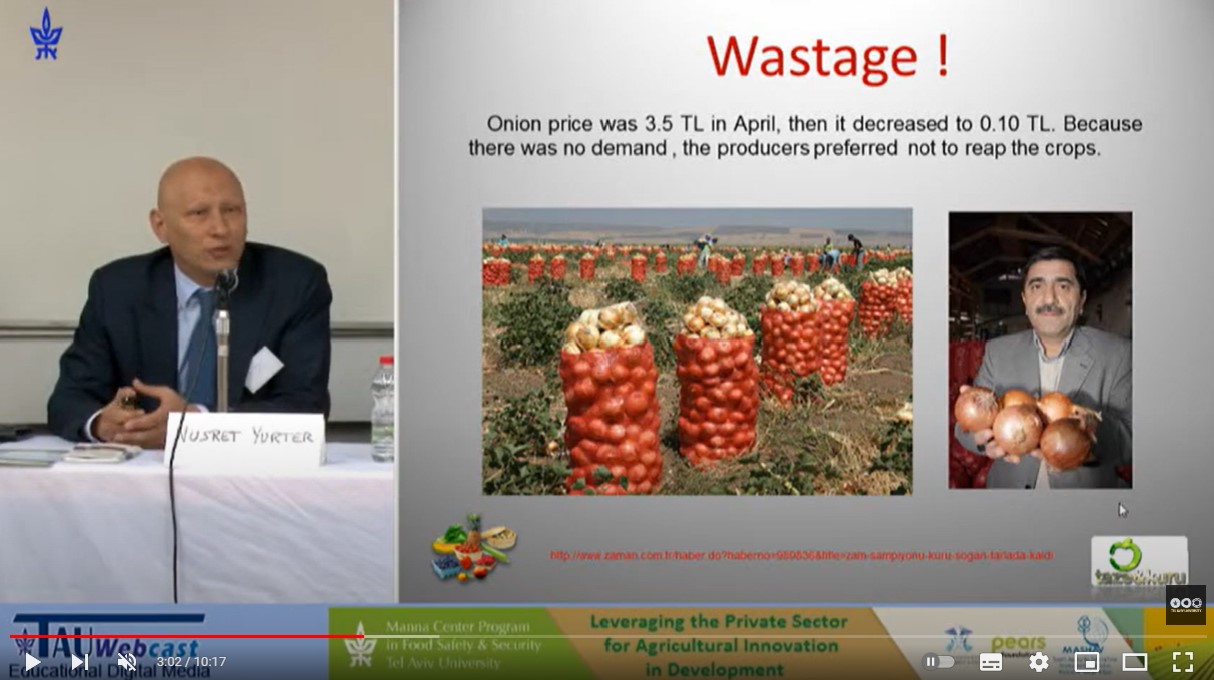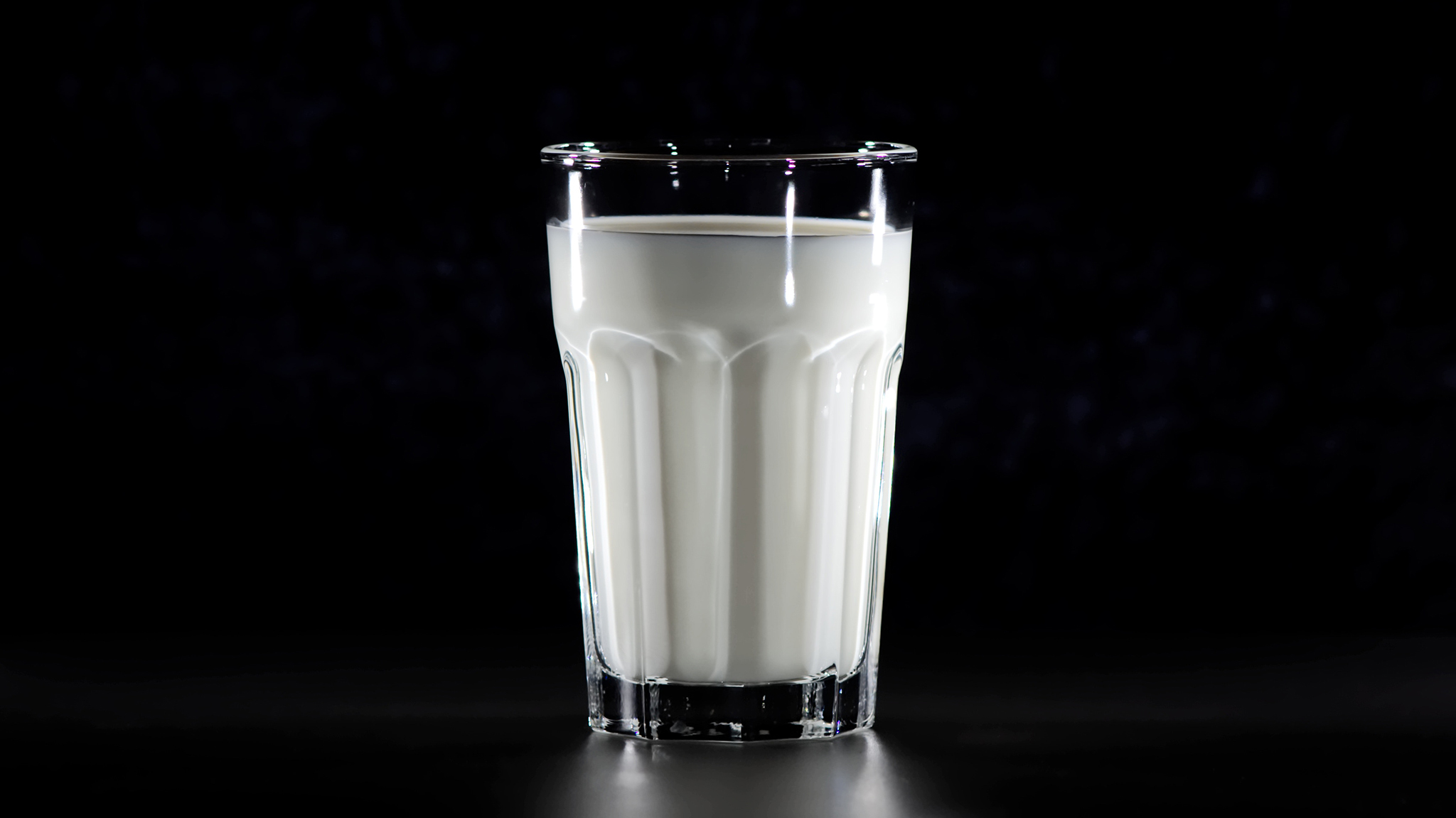
However, conventional energy sources such as fossil fuels are getting depleted and their price is increasing rapidly due to market forces and world politics.
It is therefore very necessary to consider alternative sources of energy such as wind, sun, waves, water and geothermal energy is a potential option as it is the most harmless one amongst others.
Geothermal energy can be utilized for both electricity generation and direct uses such as heating and cooling.
The dairy industry around the world can benefit from the vast geothermal energy as long as if it is available in their country.

Geothermal for Pasteurizing Milk
-
fight against climate change
-
reducing CO2 emission
-
avoiding pollution
-
reduction of energy costs
-
economic growth of the community
-
more job openings on the side
Geothermal energy can be used to pasteurize milk, providing a sustainable and cost-effective alternative to traditional methods. Pasteurization is a critical process in the dairy industry, as it involves heating milk to a specific temperature to kill harmful bacteria and ensure that the milk is safe for consumption.
- Direct use of geothermal water: In areas with high geothermal activity, hot water from geothermal wells can be used directly to heat the milk. The water is circulated through a heat exchanger, which heats the milk to the required temperature. This process is more energy-efficient and cost-effective than traditional pasteurization methods, which often rely on fossil fuels.
- Geothermal heat pumps: Geothermal heat pumps can also be used to pasteurize milk. These systems use the stable temperature of the ground to provide a reliable and low-cost source of heat. The heat is transferred to the milk using a network of pipes and a heat exchanger.
Using geothermal energy to pasteurize milk can provide several benefits.
The use of renewable energy reduces greenhouse gas emissions and can help to mitigate climate change. Additionally, the use of geothermal energy can reduce the cost of energy, which can lead to cost savings for farmers and consumers.
However, the availability of geothermal energy in some regions may limit the use of this technology. The upfront cost of installing a geothermal heating system for pasteurization may also be significant, and may not be feasible for all farmers.
Nonetheless, for farmers who have access to geothermal energy, using it to pasteurize milk can be a sustainable and effective way to support their operations.

Sustainable
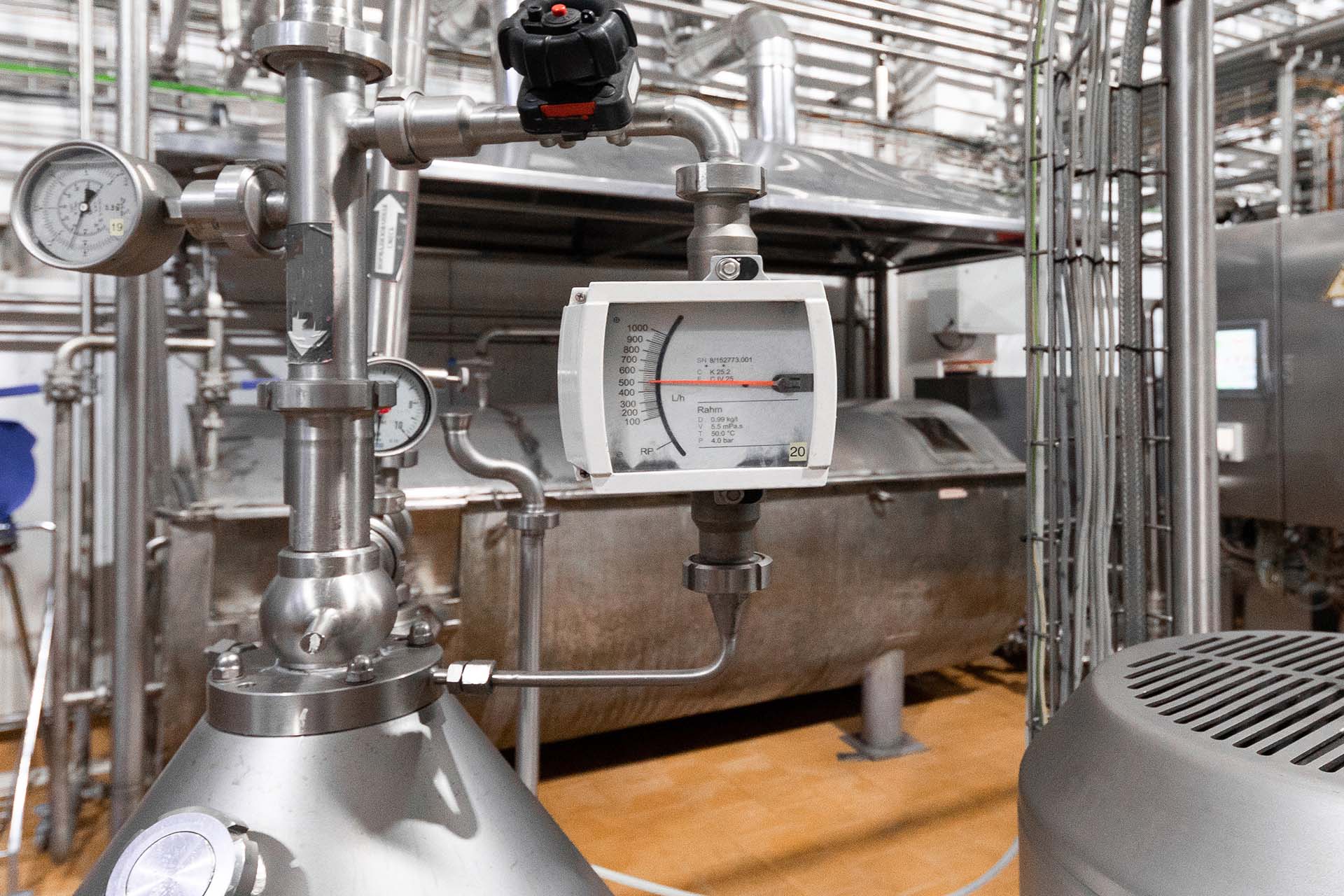
Cost-effective
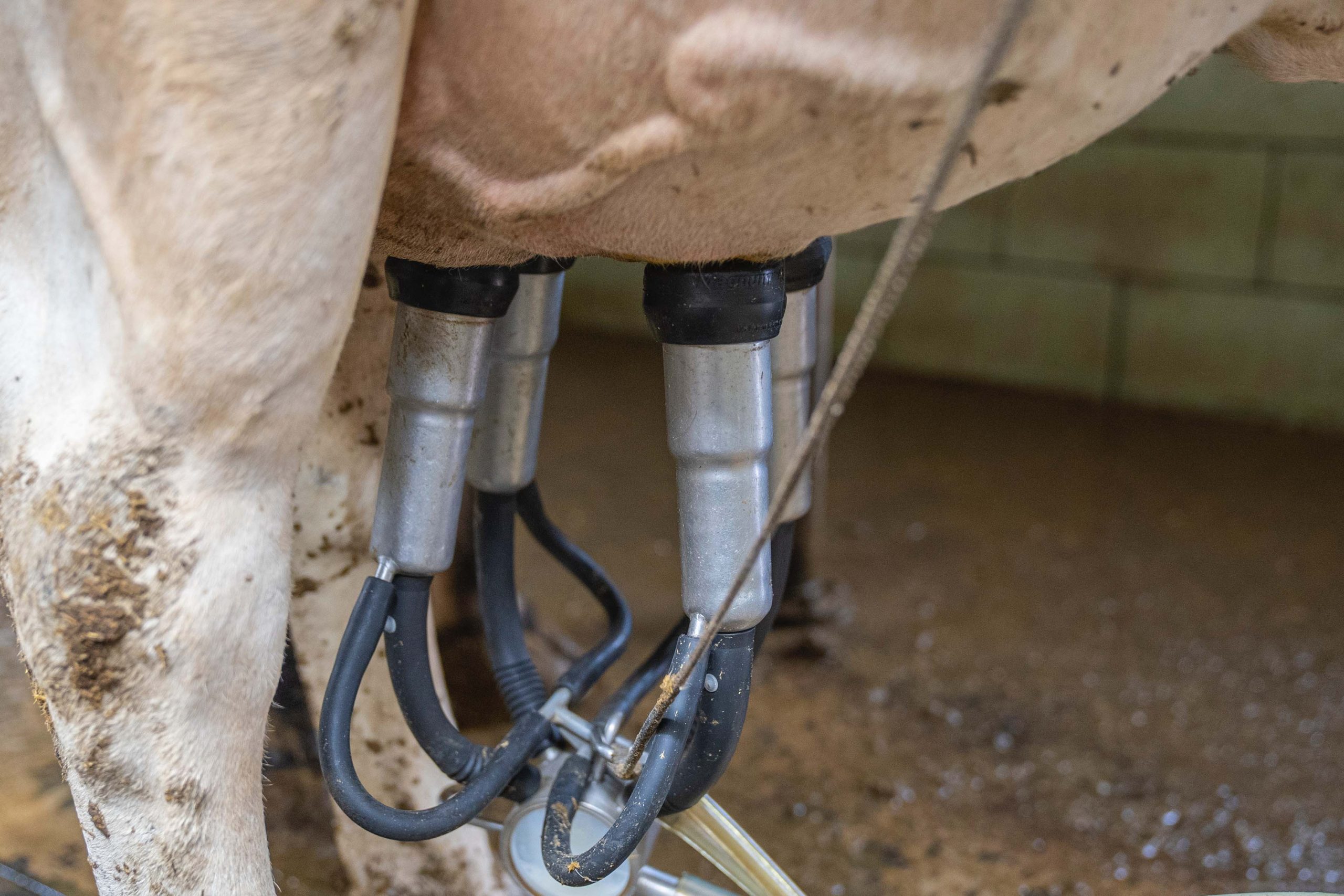
Environmentally friendly
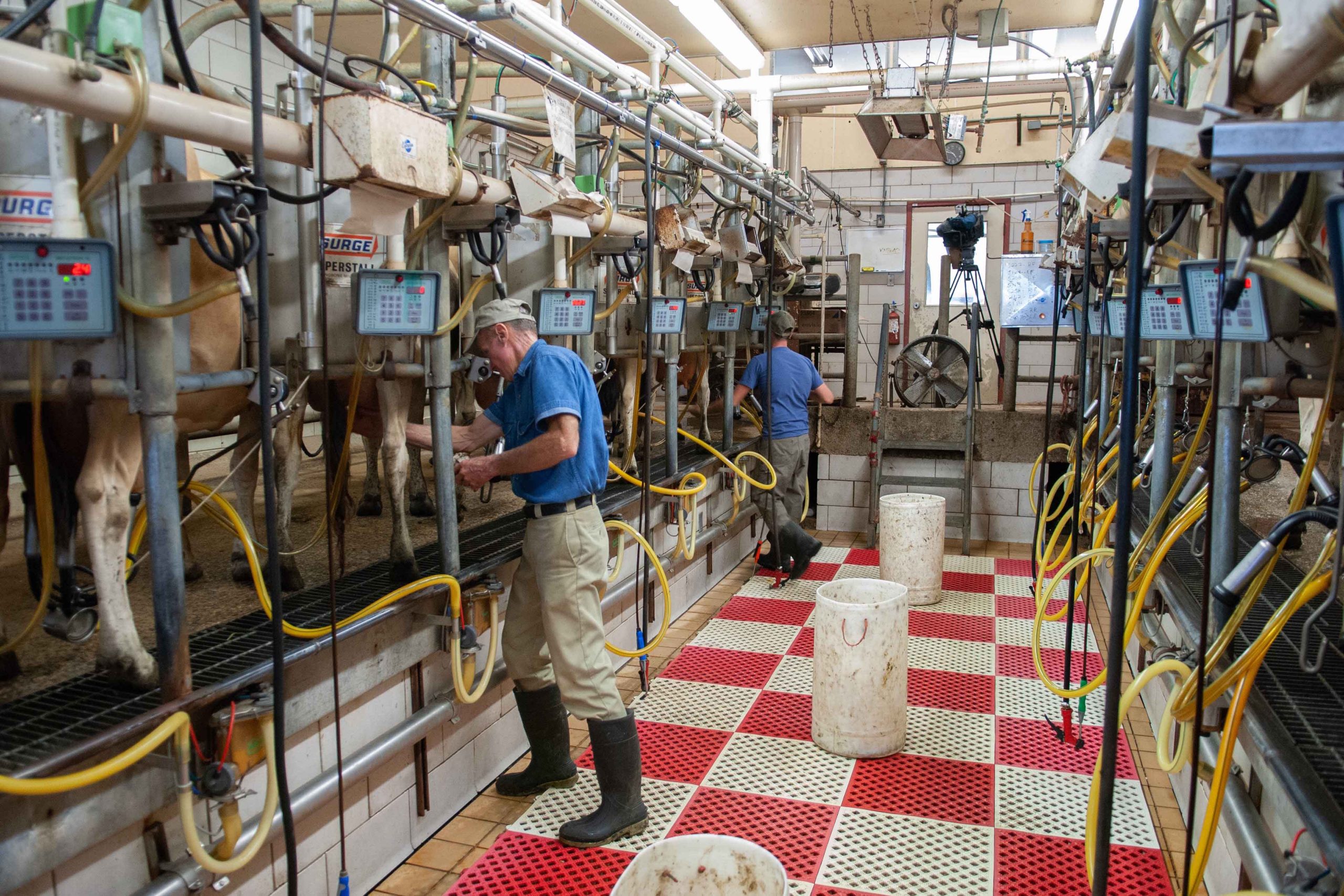
Renewable energy source
Low carbon energy families:
Geothermal has some of the most potential with the fewest drawbacks.
Solar panels are capable of generating power with zero emissions. The generated power can be used to feed your energy demand, perfectly replacing conventional energy needs with green energy. Every kilowatt of green energy can reduce your carbon footprint by 3,000 pounds annually.
Wind energy is a viable alternative of fossil fuels. It does not emit CO2 or other air pollutants. It runs virtually carbon free for its lifetime.
Reinjection
helps to maintain the pressure level in the reservoir. Another important benefit of reinjection is by continuous flushing of the rock matrix by the cooled water, the recoverable energy from the reservoir substantially increases.
Geothermal power
plants largely release only excess steam, with most plants discharging no air or liquid. This makes geothermal power plants a clean source of electricity and an important contributor to the nation's zero-carbon future.
Geothermal energy
is considered one of the most efficient and sustainable types of energy because it's a clean, reliable, and renewable resource. It uses the heat inside the earth's surface to generate electricity and provide heating and cooling.
Geothermal sources
are a renewable energy and will never deplete. Abundant geothermal energy will be available for as long as the Earth exists. It is a renewable energy source from the heat generated by the earth's internal core and is available 7/24/365.


